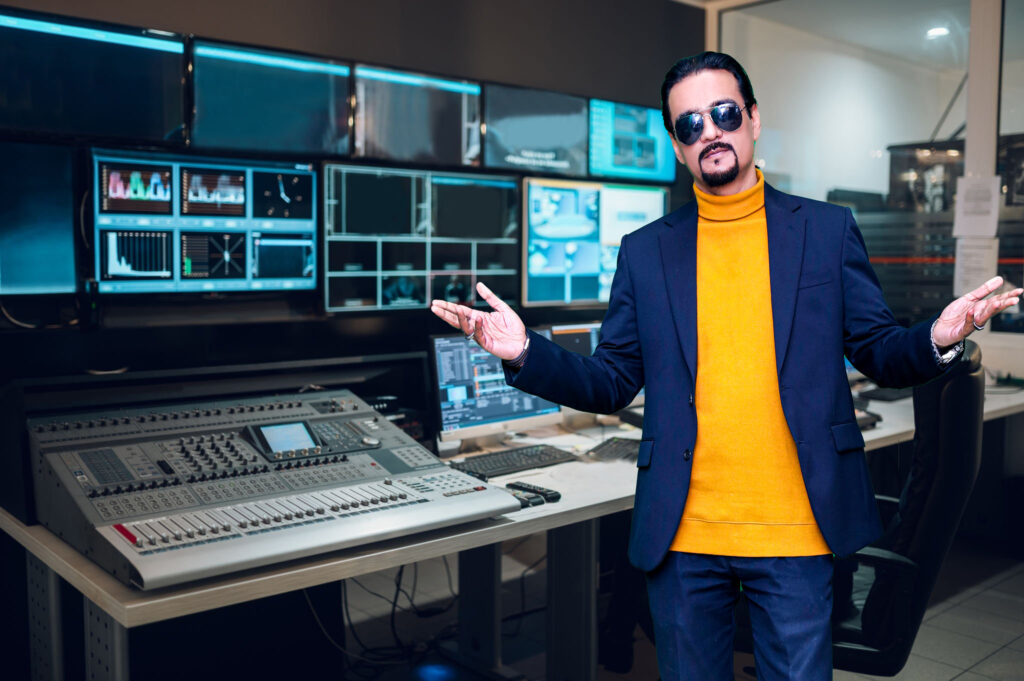Table of Contents
Introduction
Hey there, future filmmaker! Welcome to your crash course on cinematography techniques for beginners. Whether you’re an aspiring director, a film student, or just someone with a passion for movies, understanding the basics of cinematography is crucial. Think of cinematography as the visual language of film, it’s how you tell a story with your camera. Let’s dive in and explore the world of Film techniques for students, camera angles for intimacy, framing techniques for meet-cute scenes, advanced cinematography techniques, and more!
Understanding Cinematography techniques for beginners

Definition of Cinematography
Cinematography, simply put, is the art and science of capturing visual images for film. It’s about making decisions on lighting, camera movement, angles, and composition to tell a story in the most compelling way possible. It’s the magic that happens behind the camera to bring a script to life.
Role of a Cinematographer
The cinematographer, otherwise called the head of photography (DP), is the brains behind the camera. They work closely with the director to create the film’s visual style and ensure that every shot supports the narrative. From choosing the right lens to setting up the perfect lighting, the DP’s work is crucial for the film’s success.
Essential Cinematography Techniques
Lighting Techniques
Lighting is most critical aspect of cinematography. It sets the mood, highlights characters, and can even drive the story.
Three-Point Lighting
This is a standard method used in visual media such as video, film, and photography. It involves three lights: the key light, fill light, and back light. The key light is the principal wellspring of brightening, the fill light disposes of shadows, and the backdrop illumination isolates the subject from the foundation.
Natural Lighting
Using natural light can create a realistic and organic look. It’s all about finding the right balance and sometimes means shooting at specific times of the day to get the best lighting, like the golden hour.
Composition Techniques
Composition is about arranging the elements within the frame. A well-composed shot directs the viewer’s eye and enhances the storytelling.
Rule of Thirds
Imagine your frame by frame into nine equal parts by two horizontal and two vertical lines. Placing key elements along these lines or at their intersections can create more interest and balance in your shots.
Leading Lines
These are lines within the image that lead the viewer’s eye to a particular point. They can be anything from roads and pathways to the edges of buildings.
Movement Techniques
Camera movement can add dynamism and emotion to your scenes.
Pan and Tilt
Panning involves moving the camera horizontally from a fixed position, while tilting means moving it vertically. These movements can follow characters or reveal important story elements.
Dolly and Tracking Shots
A dolly shot involves moving the camera towards or away from a subject on a dolly track, creating a smooth motion. Tracking shots, on the other hand, follow the subject, often sideways, to maintain focus on the movement.
Film Techniques for Students
Basic Film Techniques
As a film student, mastering the basics is your first step. These include understanding shot types, framing, and the importance of continuity. Get comfortable with different shot sizes like wide shots, medium shots, and close-ups.
Practical Tips for Film Students
- Plan Your Shots: Storyboarding can help you visualize each scene and plan your shots effectively.
- Experiment: Try different techniques and see what works best for your story.
- Learn from Others: Watch films critically, noting the techniques used and their impact on the story.
Camera Angles for Intimacy
Close-Up Shots
Close-ups are perfect for capturing the subtle emotions of a character. By filling the frame with the actor’s face, you draw the audience into the character’s personal space, creating a sense of intimacy.
Over-the-Shoulder Shots
These shots are often used in dialogues. By filming over one character’s shoulder, you can show the interaction between characters while maintaining a personal connection.
Extreme Close-Ups
This technique focuses on a specific part of the subject, like an eye or a hand, to emphasize emotion or detail. It can create a dramatic impact, making the viewer feel closely connected to the scene.
Framing Techniques for Meet-Cute Scenes
The Over-the-Shoulder Meet-Cute
Using over-the-shoulder shots in meet-cute scenes allows the audience to feel the initial connection between characters. It’s a classic technique that sets the stage for romance.
Using Symmetry in Framing
Symmetrical framing can highlight the balance and harmony between characters. It’s a great way to visually represent the chemistry and connection in a meet-cute scene.
Playful Framing for Romantic Moments
Using unconventional framing, like placing characters at the edges of the frame or using reflections, can add a playful and whimsical touch to romantic scenes, enhancing the emotional impact.
Advanced Cinematography Techniques
Use of Depth of Field
Manipulating depth of field can direct the viewer’s focus. A shallow depth of field keeps the subject in sharp focus while blurring the background, isolating the subject and drawing attention to them.
Mastering the Long Take
Long takes can create a sense of real-time and immersion. They require meticulous planning and coordination but can be very effective in maintaining tension and continuity.
Slow Motion and Fast Motion
These techniques alter the perception of time. Slow motion can emphasize dramatic moments, while fast motion can convey urgency or chaos.
Tools of the Trade

Essential Gear for Beginners
Starting with the right equipment is crucial. A good entry-level camera, tripod, and microphone are your basics.
Choosing the Right Camera
For beginners, cameras like the Canon EOS Rebel series or the Sony Alpha series offer a good balance of quality and affordability.
Must-Have Accessories
Invest in a sturdy tripod, external microphone, and extra batteries. These accessories can greatly enhance the quality of your films.
Practical Applications
Filming a Short Scene
Start small. Filming short scenes allows you to practice techniques and improve your skills without overwhelming yourself.
Tips for Outdoor Shoots
Natural light is your friend, but it can be unpredictable. Use reflectors to control lighting and shoot during the golden hour for the best results.
Editing Basics for Cinematographers
Editing is where your film comes together. Learn the basics of software like Adobe Premiere Pro or Final Cut Pro to start piecing your scenes together seamlessly.
Conclusion
Cinematography is a beautiful blend of art and technology. By mastering these techniques, you can bring your stories to life in a visually compelling way. Remember, the journey of a thousand miles begins with a single step or in this case, a single frame. Keep experimenting, learning, and most importantly, enjoying the process. Happy filming!
FAQs
1. What is the most important aspect of cinematography for beginners?
Lighting is arguably the most critical aspect for beginners to master, as it significantly impacts the mood and clarity of your shots.
2. How can I improve my skills in cinematography?
Practice regularly, watch films critically, and experiment with different techniques. Joining a film community or taking online courses can also be beneficial.
3. What are some budget-friendly equipment options for beginners?
Cameras like the Canon EOS Rebel series and accessories like a basic tripod and external microphone offer good quality without breaking the bank.
4. How do I choose the right camera angle for a scene?
Consider the emotional impact you want to create. Close-ups can convey intimacy, while wide shots establish the setting. Think about what serves the story best.
5. What resources are available for learning more about cinematography?
Online platforms like MasterClass, YouTube tutorials, and film schools offer a wealth of knowledge. Books on cinematography and film theory can also provide deeper insights.

